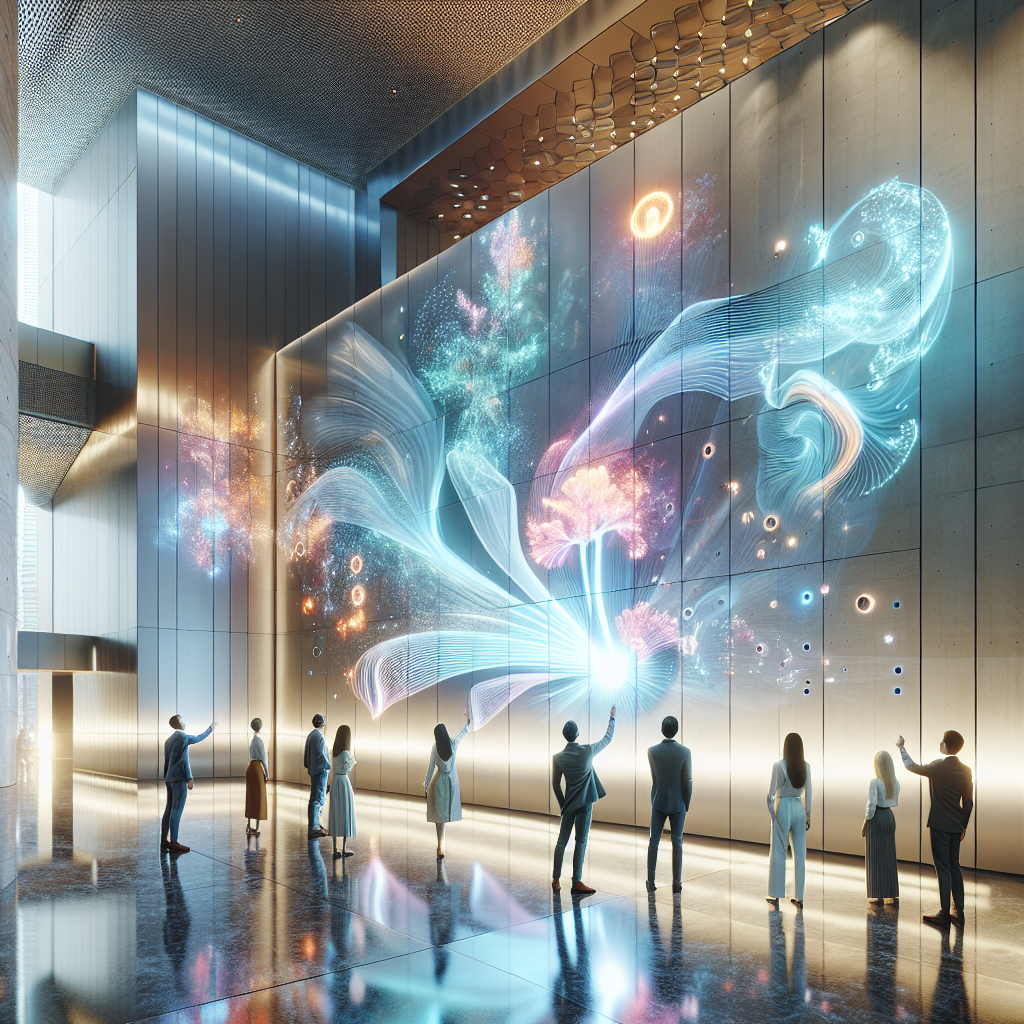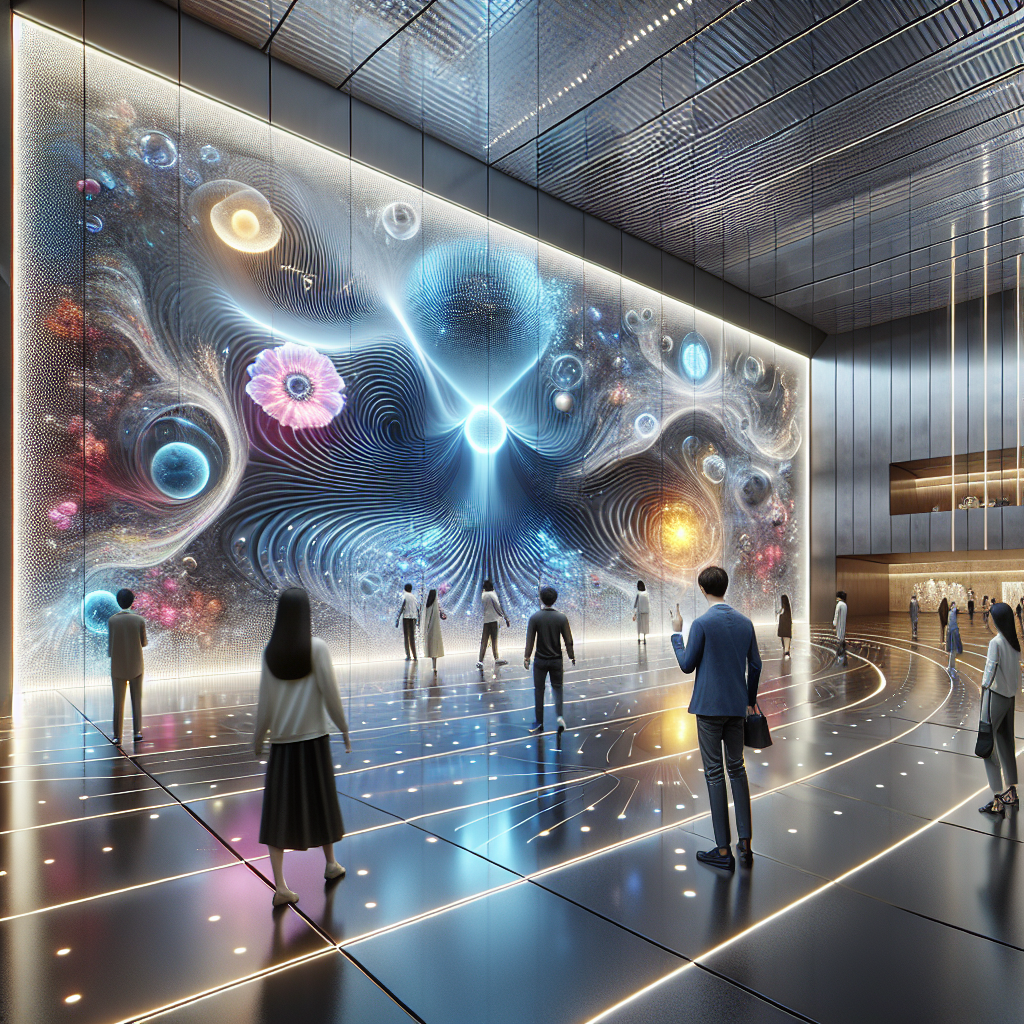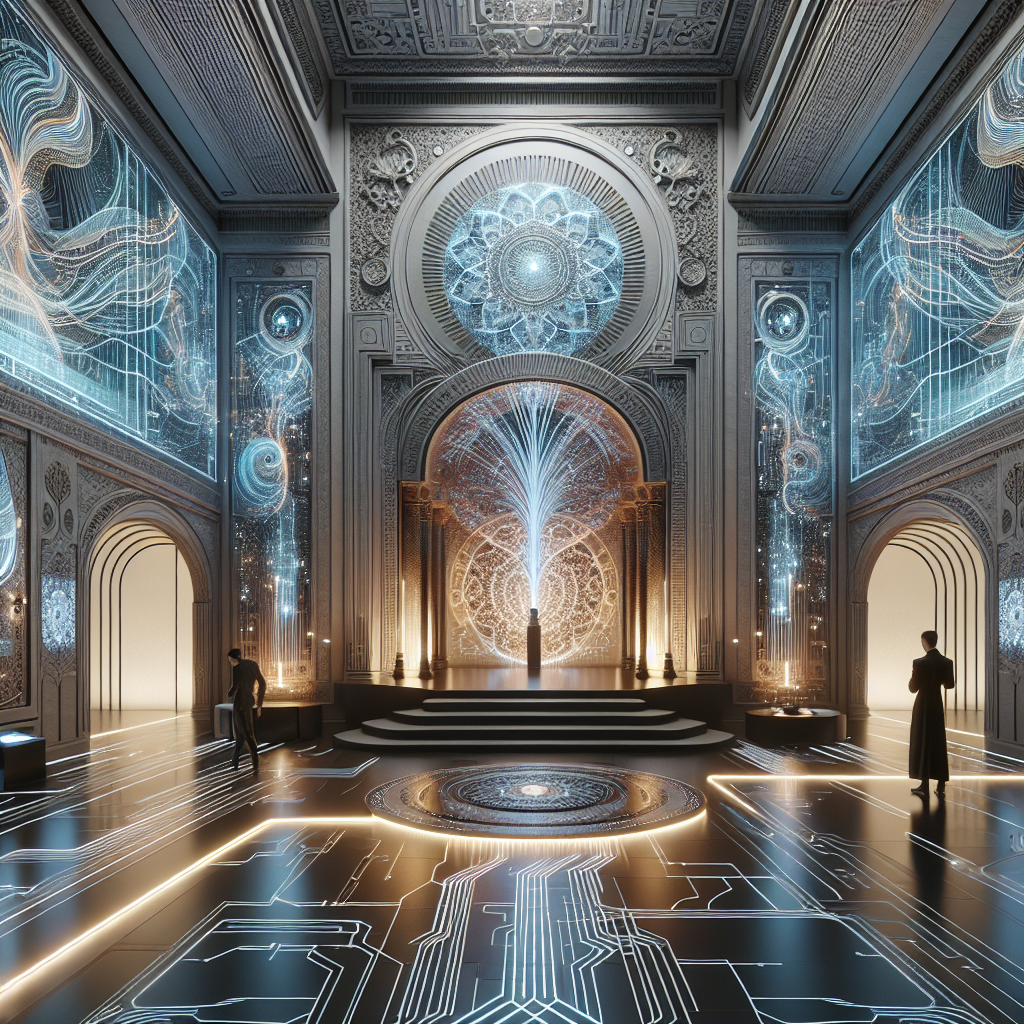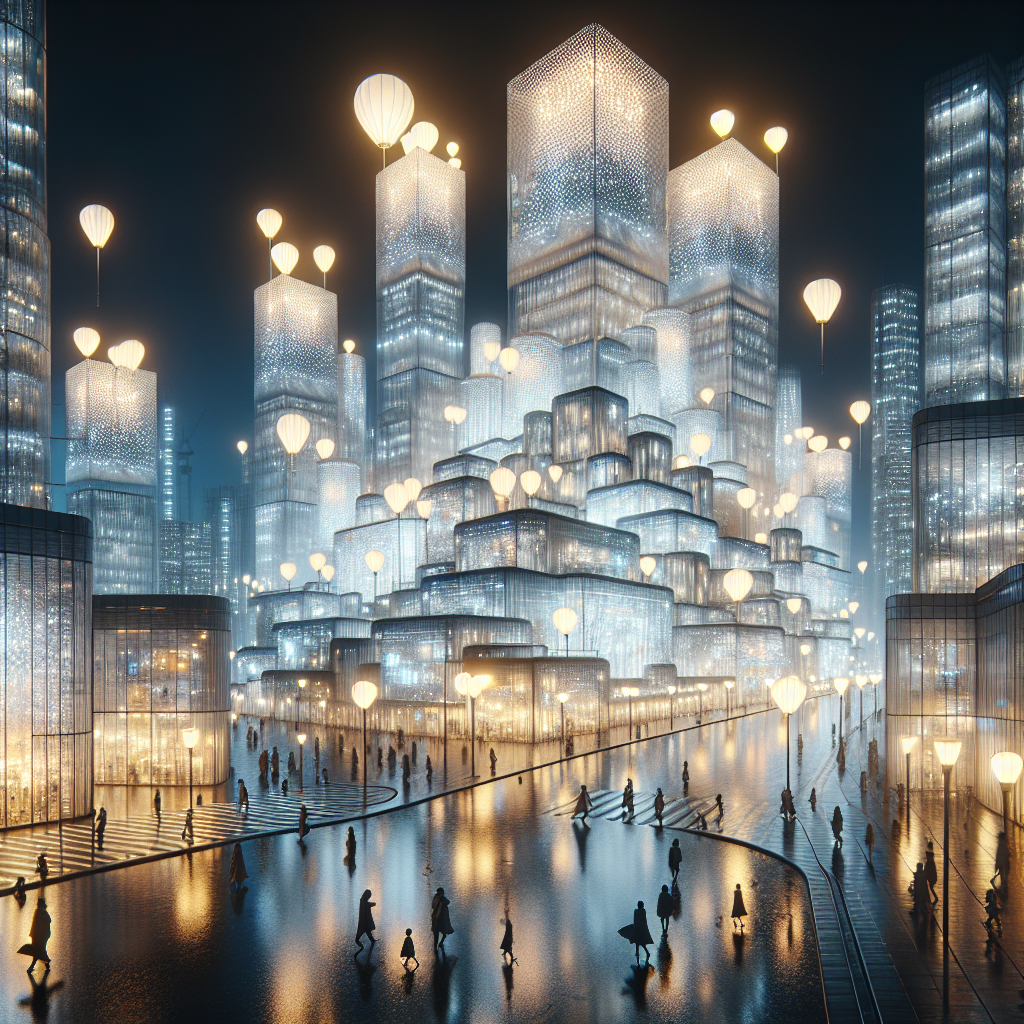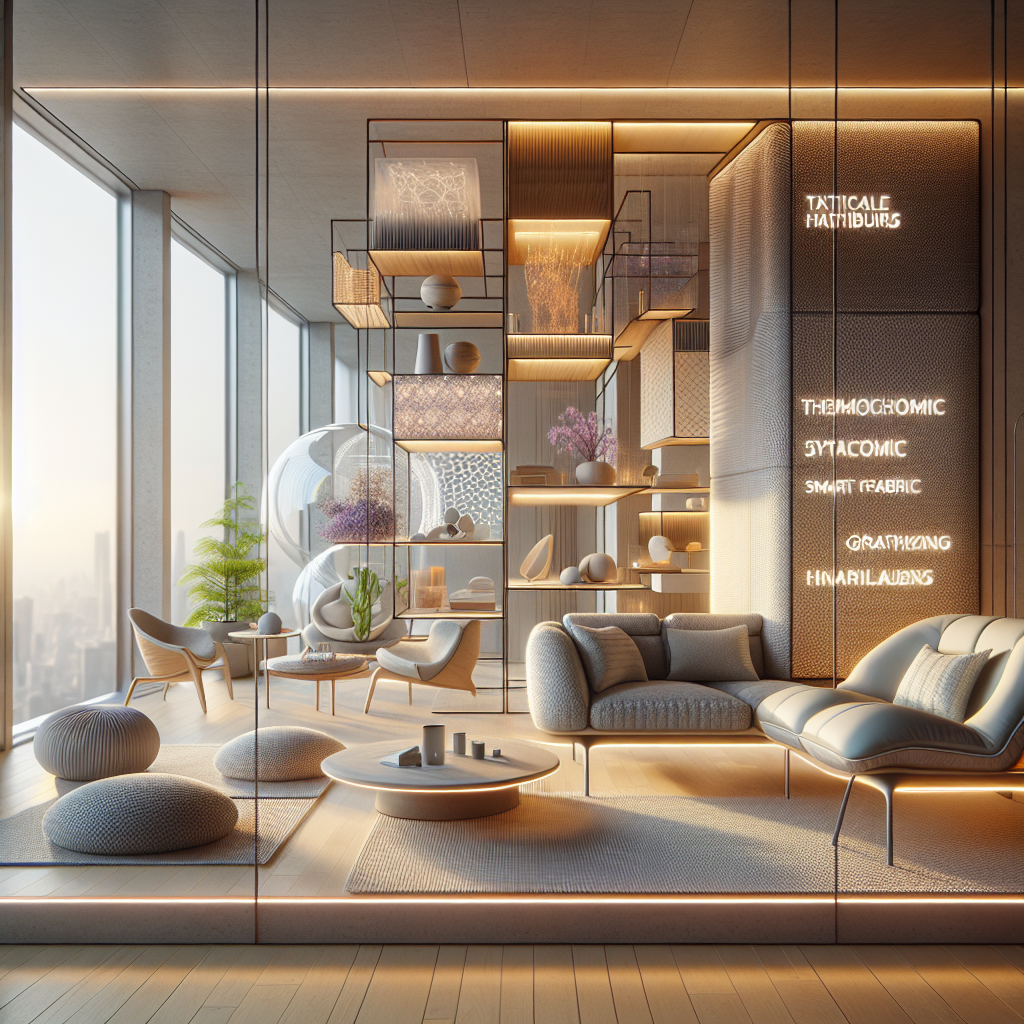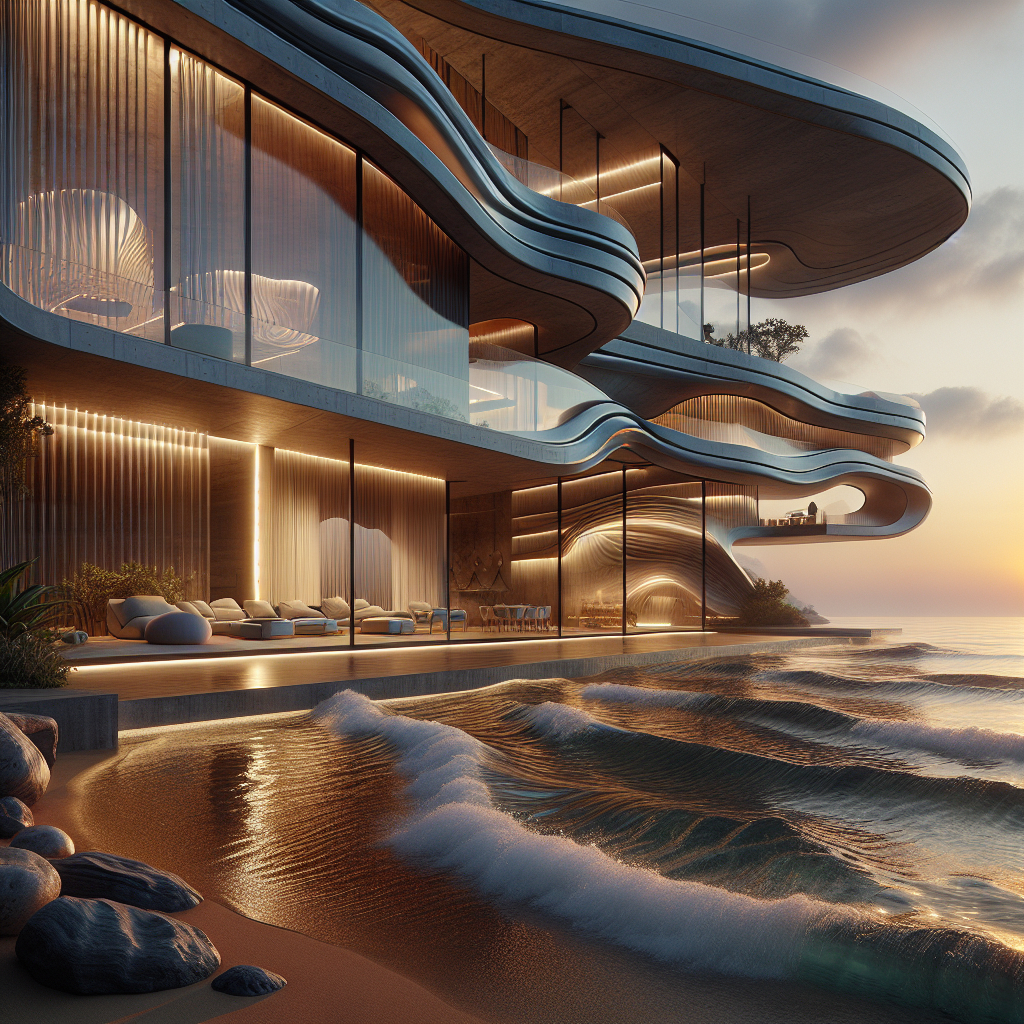Murals as motion: sensors interactive walls that glow upon contact
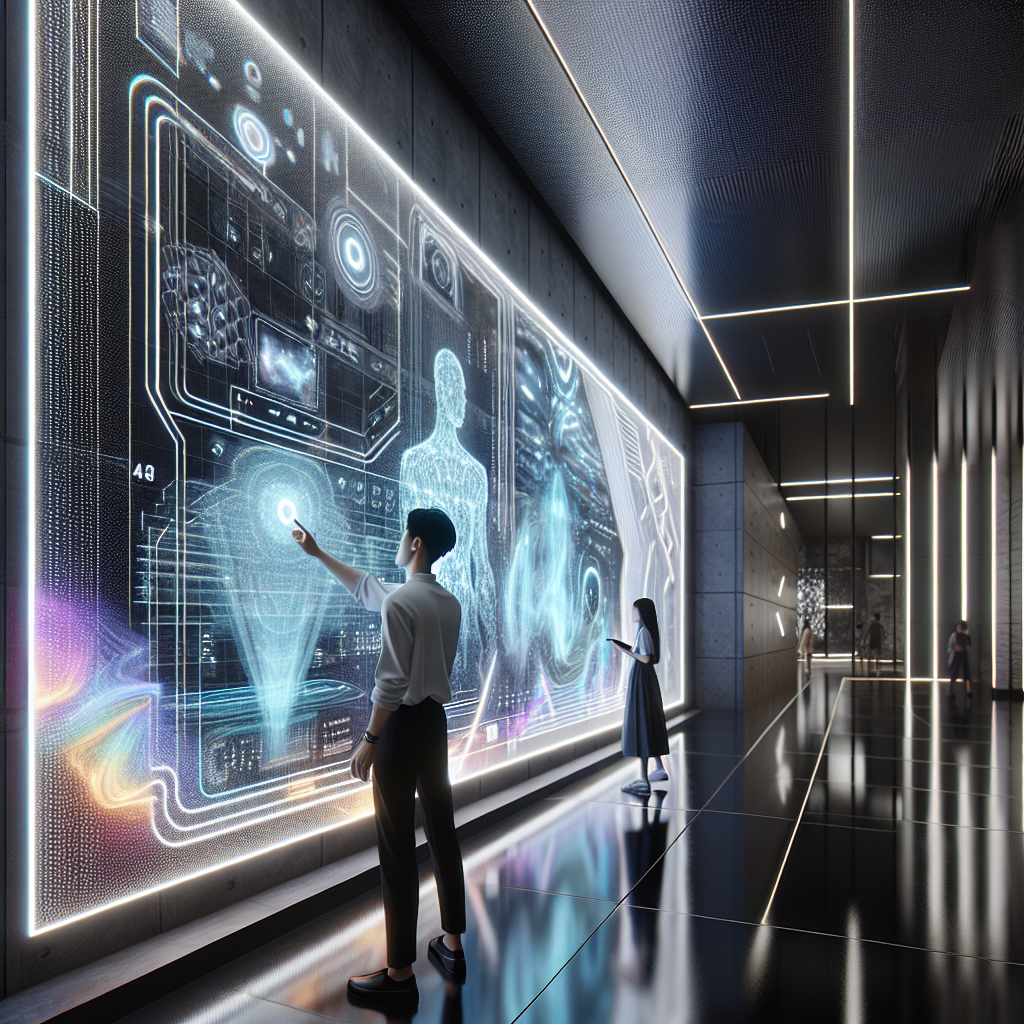
Murals as Motion: Sensor-Driven Interactive Walls That Glow Upon Contact
In the evolving landscape of interactive architecture and sensor-based design, a new form of artistic expression is emerging—murals that move, respond, and glow. These are not static wall paintings, but living surfaces that react to human presence, transforming interiors into dynamic canvases of light and motion. As designers increasingly blur the boundaries between art, technology, and architecture, interactive murals are redefining how we experience space itself.
The Rise of Responsive Surfaces
For decades, murals have served as cultural signifiers—visual narratives that capture the spirit of a place. Yet, in the digital age, their function is expanding beyond storytelling. Today’s sensor-integrated walls are embedded with conductive inks, capacitive sensors, and micro-LED arrays that respond to touch, proximity, or even temperature. The result is a surface that feels alive—glowing, shifting, and pulsing in rhythm with human interaction.
According to a 2024 report by the World Design Organization, the global market for interactive installations in architecture and interior design is projected to grow by 18% annually through 2030. This surge is driven by the increasing demand for immersive environments in retail, hospitality, and public spaces—settings where experience is as valuable as function.
Designers are no longer content with passive surfaces. They are seeking to create responsive environments that engage users on a sensory level. This aligns with the growing interest in responsive design, where architecture adapts to human behavior rather than dictating it.
Technology Behind the Glow
The technology enabling these glowing murals is both intricate and elegant. Conductive paints—made from silver nanoparticles or carbon-based compounds—form invisible circuits beneath the surface. When touched, these circuits trigger microcontrollers that activate LED lights or change color gradients across the mural. Some systems even integrate capacitive sensing to detect proximity, allowing the wall to respond before physical contact occurs.
In high-end installations, designers are experimenting with electroluminescent materials—thin, flexible films that emit light when an electric current passes through them. These materials can be layered beneath plaster, fabric, or glass, creating a seamless finish that hides the technology entirely. The effect is ethereal: a wall that glows softly at the brush of a hand, as if responding to human emotion.
Some projects go further, incorporating AI-driven lighting algorithms that learn from user behavior. Over time, the wall might “remember” where people most often touch and subtly adjust its luminosity or color palette to enhance those interactions. This kind of adaptive intelligence transforms architecture into a living participant within the built environment—a theme explored in AI in architecture.
Case Studies: Where Art Meets Interaction
In 2023, the London-based studio Loop.ph unveiled “Living Light,” an interactive mural for a boutique hotel in Shoreditch. The wall, spanning 12 meters, reacts to the warmth of human touch, illuminating patterns inspired by coral growth. The installation redefines the notion of decorative art, merging biophilic motifs with responsive technology. It evokes the principles of biophilic design, offering guests a tactile connection to nature through digital means.
Meanwhile, in Tokyo, the architectural collective TeamLab continues to pioneer immersive environments that dissolve the boundary between viewer and artwork. Their “Resonating Trees” installation, for instance, uses motion sensors and LED nodes to create a symphony of light that follows visitors as they move through the space. The same logic is now being applied to interior walls—spaces that once served as static backdrops are becoming performative, interactive elements of design.
In the United States, the San Francisco-based firm ESI Design integrated sensor-based murals into the lobby of a tech headquarters. As employees pass through, the wall emits subtle waves of light, reflecting movement and energy. The project demonstrates how interactive architecture can enhance workplace engagement, creating environments that are both visually stimulating and emotionally resonant.
Material Innovation and Sustainability
Beyond aesthetics, the materials used in these murals are advancing the sustainability agenda. Many designers are turning to low-energy LED systems and biodegradable conductive inks to minimize environmental impact. The integration of piezoelectric materials—which generate electricity from mechanical stress—offers a glimpse into self-powered walls that could one day harvest energy from human touch.
This fusion of art, energy, and interaction echoes the ethos of circular design, where technology and sustainability coexist harmoniously. The murals of the future may not only respond to human presence but also contribute to the building’s energy efficiency, acting as micro-generators within the architectural skin.
Psychological and Experiential Dimensions
From a psychological perspective, interactive murals foster a deeper sense of engagement and belonging. They invite participation, transforming passive observation into active exploration. Studies in environmental psychology suggest that tactile and responsive environments can reduce stress and enhance mood—qualities increasingly sought in wellness-oriented spaces such as spas, offices, and educational institutions.
Lighting, in particular, plays a critical role in emotional perception. When walls glow in response to touch, they create a sense of intimacy and agency—an architectural dialogue between user and environment. This principle resonates with the emerging trend of bioluminescent lighting in architecture, where illumination becomes an organic, interactive experience rather than a static utility.
Applications Across Sectors
In hospitality, sensor murals are redefining guest experiences. Imagine a hotel corridor that lights up softly as guests walk through, or a restaurant wall that shimmers in response to conversation. In retail, interactive walls can guide customers through spatial narratives, responding to gestures or even biometric data. Museums and galleries are using them to bridge the gap between digital art and physical space, offering visitors a participatory role in the artwork’s evolution.
Corporate environments, too, are embracing this trend. Interactive murals can visualize data in real time—translating company metrics into kinetic light patterns that evolve throughout the day. Such applications not only enhance aesthetic appeal but also embody a brand’s commitment to innovation and human-centered design.
Challenges and Future Directions
Despite their allure, sensor-driven murals pose technical and conceptual challenges. Durability, maintenance, and calibration remain key concerns, particularly in high-traffic environments. Designers must also balance technological sophistication with aesthetic restraint, ensuring that interactivity enhances rather than overwhelms the spatial experience.
Looking ahead, advancements in smart materials and machine learning promise to make these systems more intuitive and energy-efficient. The next generation of interactive walls may incorporate emotion recognition or environmental sensing, adjusting their behavior based on mood, sound, or air quality. As the line between architecture and interface continues to blur, the mural becomes not just decoration, but a living participant in the ecosystem of design.
A New Paradigm of Living Walls
“Murals as motion” encapsulate a profound shift in how we conceive of space: from static to kinetic, from passive to participatory. They are emblematic of a broader movement toward experiential architecture—a discipline that prioritizes sensory engagement and emotional resonance. In this context, walls cease to be boundaries; they become communicative surfaces, mediating between human gesture and architectural response.
For architects and designers, the opportunity lies in mastering this new language of light and motion. As interactive technologies become more accessible, the challenge will be to integrate them with subtlety, artistry, and purpose—to craft spaces that feel not merely intelligent, but alive.
In a world increasingly mediated by screens, these glowing murals remind us that technology can still be tactile, poetic, and profoundly human. They invite us to touch, to connect, and to rediscover the simple wonder of interaction—one illuminated gesture at a time.


